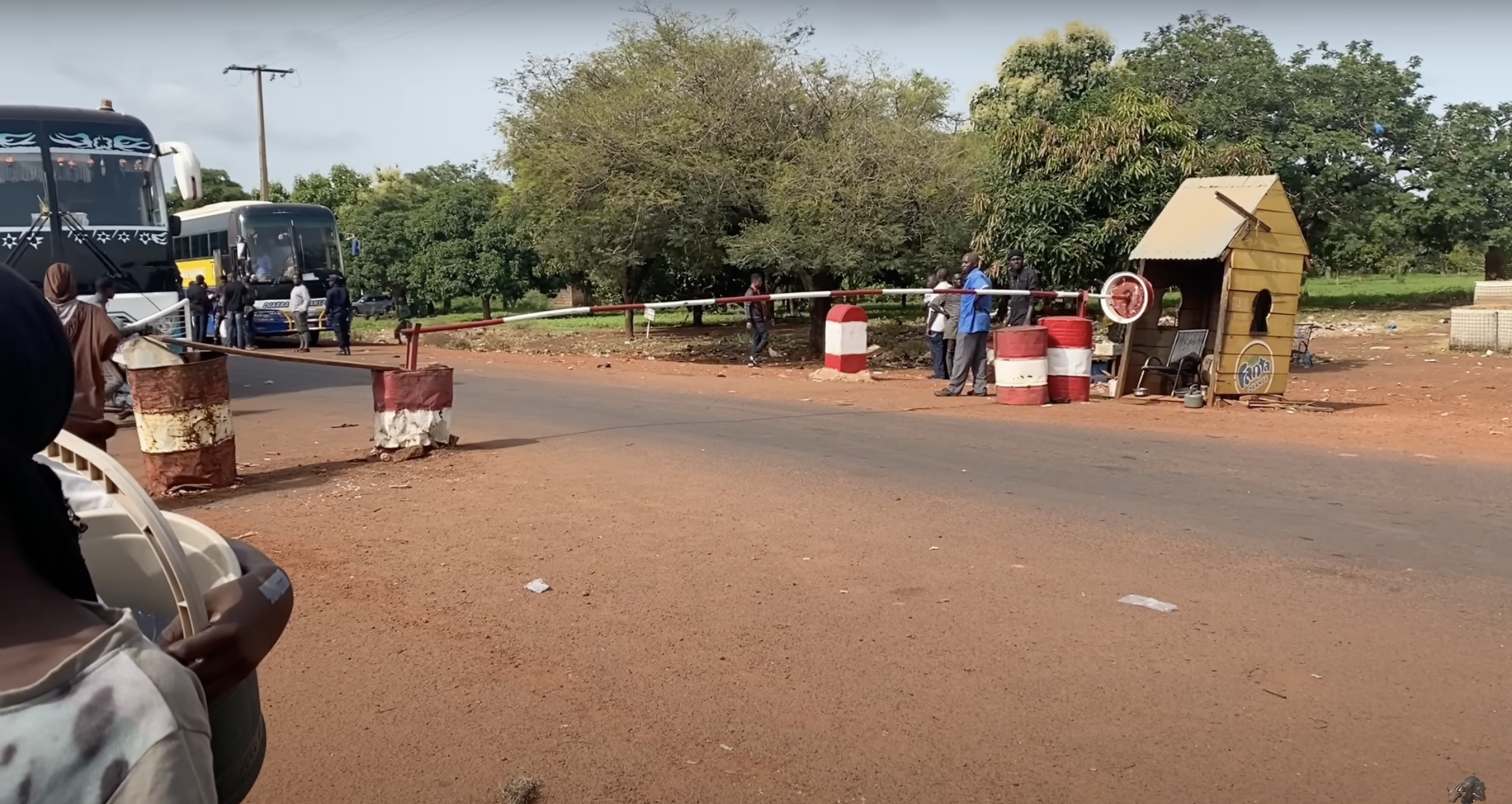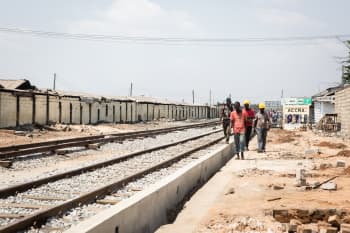City clusters in Africa
The importance of city clusters for economic development and regional integration

City clusters are the backbone of many successful economies.
Well-integrated clusters can create economic ecosystems much larger than those of a single city, offering a new opportunity for economic development and regional integration in Africa.
Designed by Yunseok Seo
Designed by Yunseok Seo
The benefits of proximity
People and businesses located in these centres benefit from more dynamic labour markets, better services and learning opportunities. The larger the city, the more these benefits are shared, as shown by the distribution of wealth within the different city size classes.
SWAC/OECD located city clusters using Africapolis spatial and demographic data and OpenStreetMap road information.
In most cases, these clusters grow around capital cities. This is the case for example, in Côte d'Ivoire, Angola, Tanzania and Sudan.
Clusters can also extend to include intermediary cities. The Accra-Kumasi cluster (Ghana) illustrates this example.
Clusters blur the lines between individual cities and their hinterland. This results in an enhanced potential for cultural, social and economic exchanges and rural-urban linkages.
In well-connected clusters, smaller cities can benefit from the larger economies on their doorstep.
For example, the Johannesburg-Soshanguve-Evaton Central cluster counts 112 cities of this kind.
Many clusters already cross national boundaries. Many more will as cities expand and new cities emerge.
The most populous cross-country cluster is located is the West African cluster. It crosses Nigeria, Benin, Togo, Ghana and Cameroon. Its population counts 93 million people and includes more than 820 cities.
Cross-border city clusters offer an opportunity to foster regional integration and boost economic growth. To achieve this, people and businesses must be able to connect with each other.
Only a well-integrated cluster will achieve its full economic potential.
National and regional institutions can do this by investing in transport infrastructure. A way to do so is integrating cities and towns into the development corridors of the Programme for Infrastructure Development in Africa (PIDA).
The benefits of such integration will be even greater when projects such as the African Continental Free Trade Area (AfCFTA) are implemented across the continent.

Discover Africa's city clusters in the following webpages:
Visit Africapolis.org for more insights on Africa's urbanisation dynamics
Explore the spatial and demographic data used in this blog at www.africapolis.org.
Learn more about the Economic Power of Africa's Cities
Visit the dedicated OECD portal to learn more on Africa's urbanisation and its impact on socio-economic performances.
Download the report and learn more about the Economic Power of Africa's Cities






